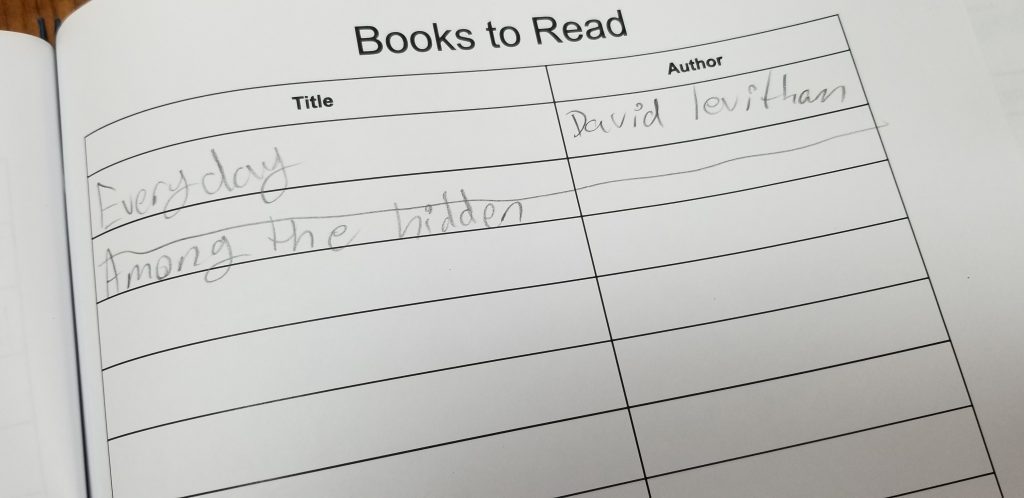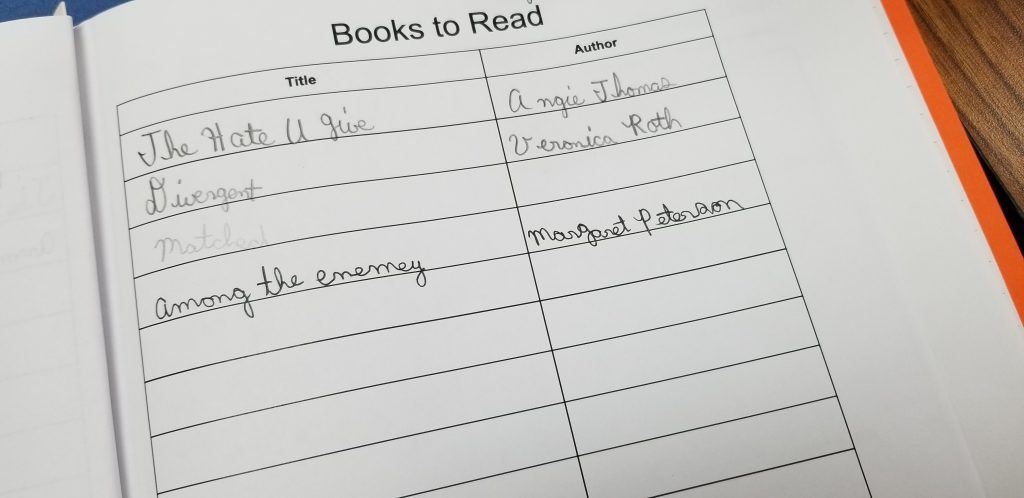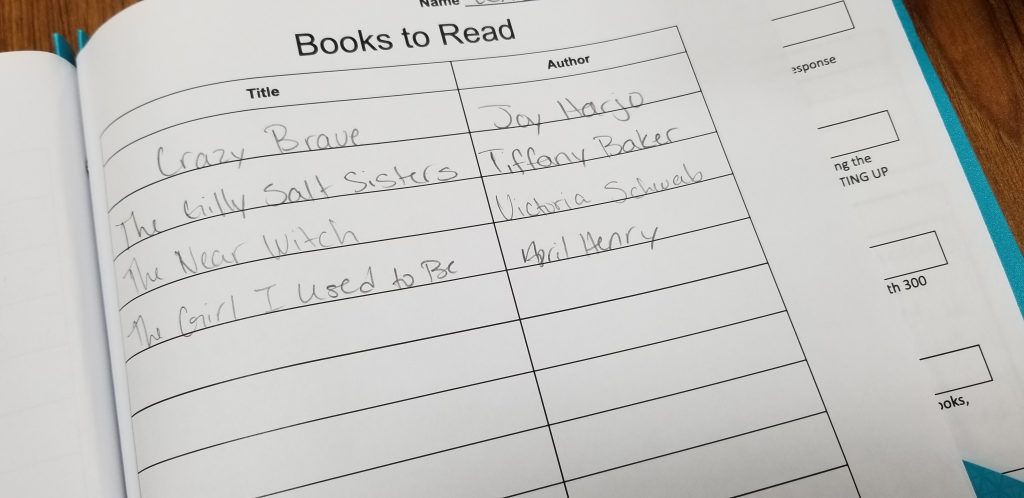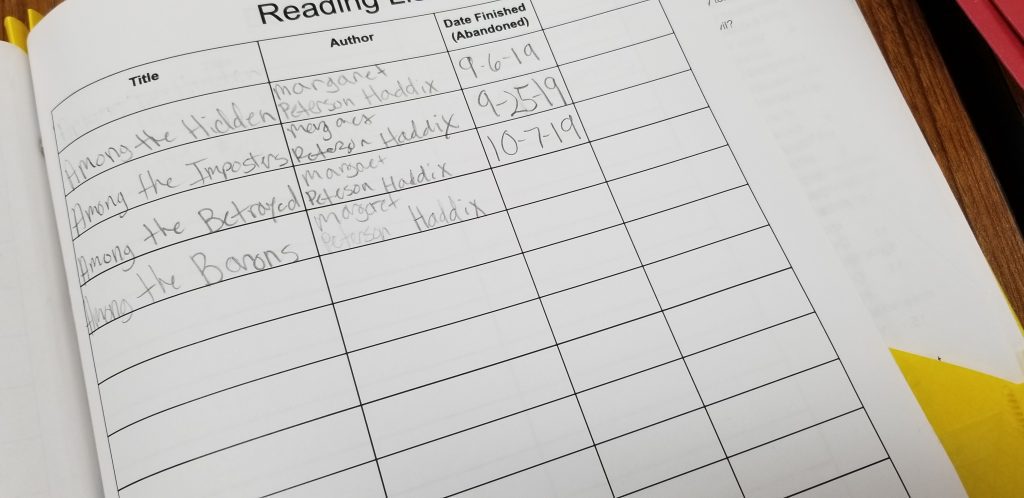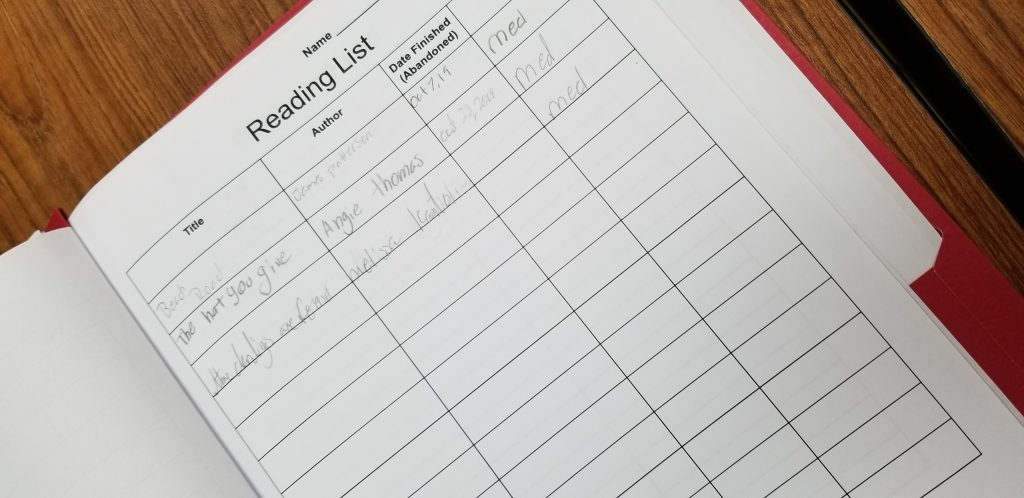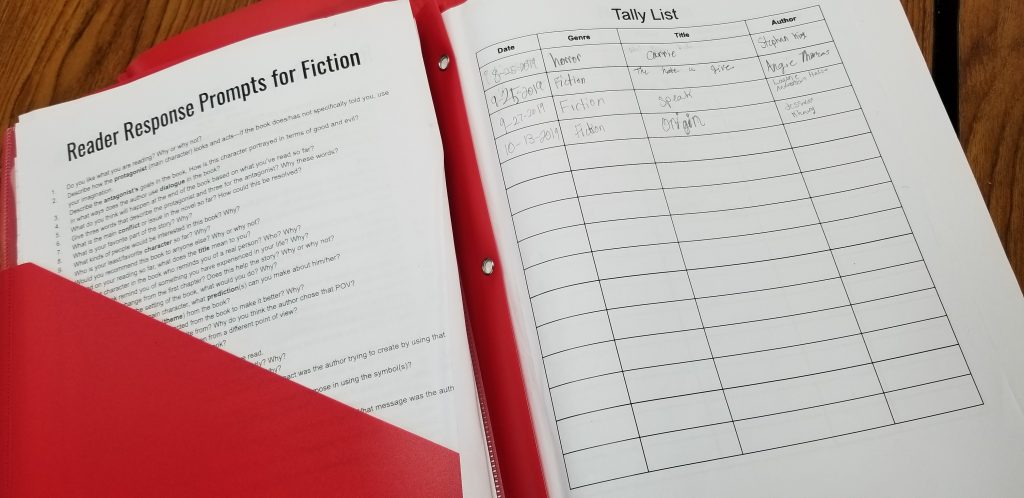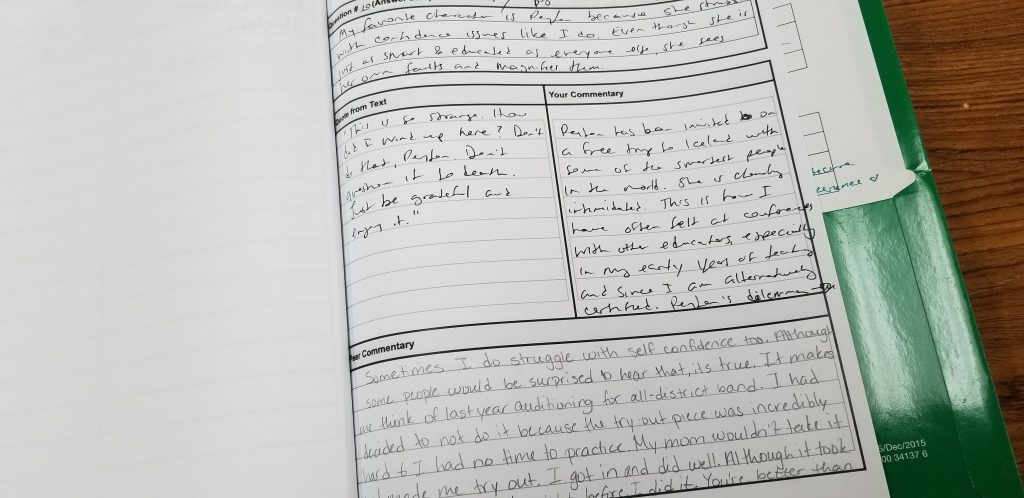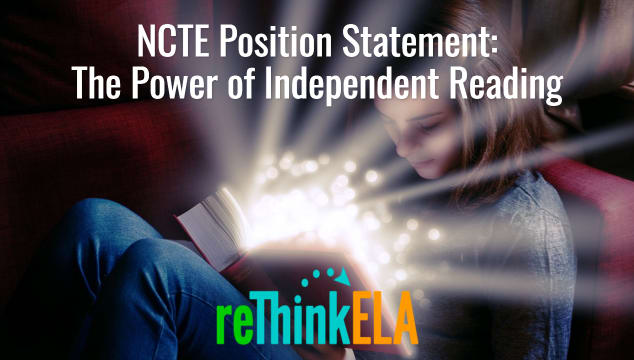
Independent reading has been a huge part of my classroom practice since I started teaching in 2011. That first year in the classroom, I insisted students spend every spare minute reading books of their choice, either from the school’s library or from the small classroom library I inherited. Since I taught in a school with a block schedule, I made sure I planned time for each day to read.
My insistence that students read books of their own choice actually had a positive impact on at least one student even during my first year. You can read about that experience on my reading autobiography website. Yes, one student’s reading volume improved by 700 percent!
Even though I am alternatively certified, I knew going into my first classroom that independent reading would have a huge positive impact on student vocabulary and comprehension skills because of my experience in high school. You can read more about my story here. Yes, a friend of mine was able to advance into an on-grade-level English class simply by choosing and reading books on her own!
If you’re not already sold on “giving up” time in English class for independent reading, you may think my anecdotes aren’t solid enough evidence to support changing your teaching. I completely understand that.
So, if that’s where you’re at, or if you have administrators who insist that you implement reading programs that try to manage your students’ reading, consider the statement recently released by the National Council of Teachers of English. The NCTE Position Statement on Independent Reading states that:
Independent reading leads to an increased volume of reading. The more one reads, the better one reads. The more one reads, the more knowledge of words and language one acquires. The more one reads, the more fluent one becomes as a reader. The more one reads, the easier it becomes to sustain the mental effort necessary to comprehend complex texts. The more one reads, the more one learns about the people and happenings of our world. This increased volume of reading is essential (Allington, 2014).
It’s important to note though that students shouldn’t just be left to their own devices. Teachers provide support as they search for books they want to read, strategies for interacting with and comprehending text, and methods for internalizing vocabulary.
Through practice, and with teacher support, students are able to gain the skills necessary to access a wide variety of genres and book formats. The volume students read is critical to the advancement of their reading skills and overall academic success. In From Striving to Thriving, Stephanie Harvey and Annie Ward (2017) emphasize this fact on the very first page. They note that “four decades of research have established that voluminous, pleasurable reading is key to literacy development” (p. 9). Intentional, protected time for independent reading within the school day or class period allows students opportunities to practice reading skills in a high-engagement, low-stakes environment. Students have choice over the medium through which they develop reading skills, fostering true engagement in the act of reading.
These strategies could be as simple as making transparent the things we as good readers do without even thinking about it, like making predictions, inferences, and connections.
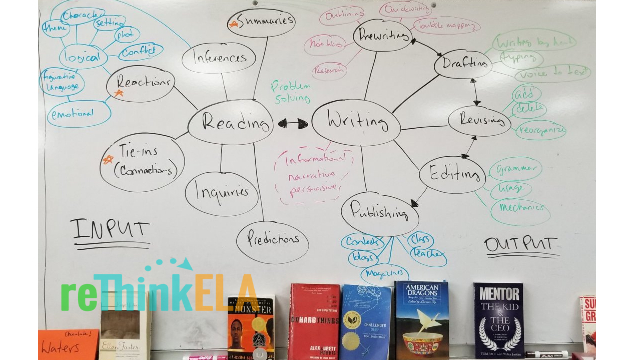
What does this look like in the classroom?
During my first few years of teaching, I provided a few minutes per day either every day or a couple days a week. But several of my students complained vehemently that this was not enough time. They suggested I make Monday or Friday independent reading days so they could “get into” their books and enjoy them. I thought this was an excellent idea.
Not only has setting aside Monday for independent reading provided me with time to model reading for pleasure, but also sometimes I use the time to read for graduate school. I have been able to show them how the strategies I am teaching them for their fiction or nonfiction reading are the same strategies I’m using to process large chunks of texts for graduate school.
I have also asked students to maintain a reader’s notebook. My goal for this notebook is for them to track what they’re reading and look for patterns in their choice of genres and authors and in what books or articles they finish or abandon.
I do see that students who struggle with executive functioning skills have trouble keeping up with the notebook, so I provide time during class for them to update their notebooks and for me to help those students who need it. I have also noticed that students who choose to read website or magazine articles (10 articles equals one book) also frequently don’t write down each article they read. I’m still looking for ways to help all students be successful with this method.
(One year, I tried Goodreads, thinking the fact that the system is online would make it easier to use. But the website is clunky at best and students quickly abandoned it.)
The keys to successful independent reading in class include:
- Student choice from a wide variety of texts
- Protected quiet reading time
- Teacher support
- Emphasis on the reading process
- Teacher modeling
- Community building activities
- What does independent reading time look like in your classroom?
- What tips and tricks for encouraging students to read can you offer teachers who are new to this, or who have skeptical administrators?
Update January 2024
Ready to transform your classroom with reading TRIIPS? For 8 years, I’ve poured my heart into perfecting the ultimate reading resource. And guess what? It’s finally here!
Dive into the Reading TRIIPS experience to give your classes:
- Boosted motivation for students to read
- Sharper reading comprehension
- Expanded knowledge horizons
- Amplified social skills
- And a stress-free reading environment
Inside the unit, you’ll find:
- Teacher & student guides
- Engaging mini-lessons
- Insightful student surveys
- Creative graphic organizers & more!
And that’s not all! Click here to see more information about the student projects your classes can craft with Reading TRIIPS Structured Independent Reading unit.

